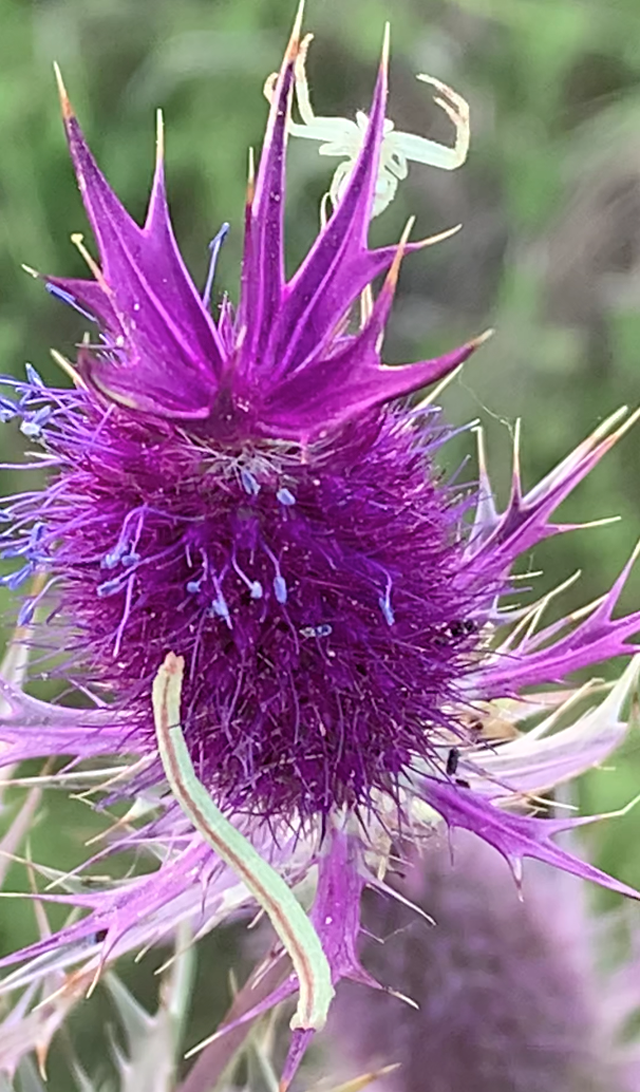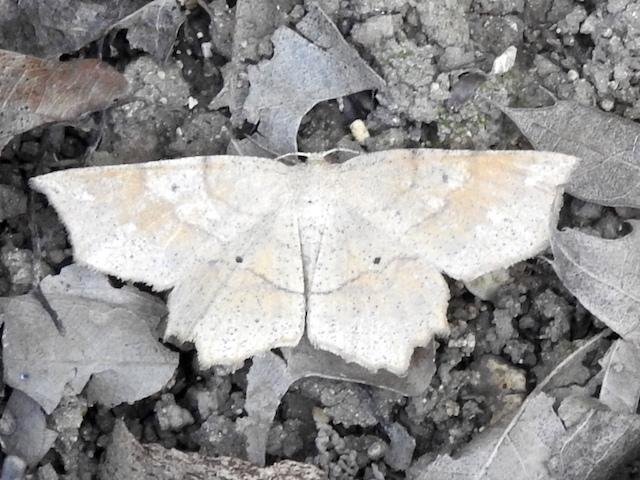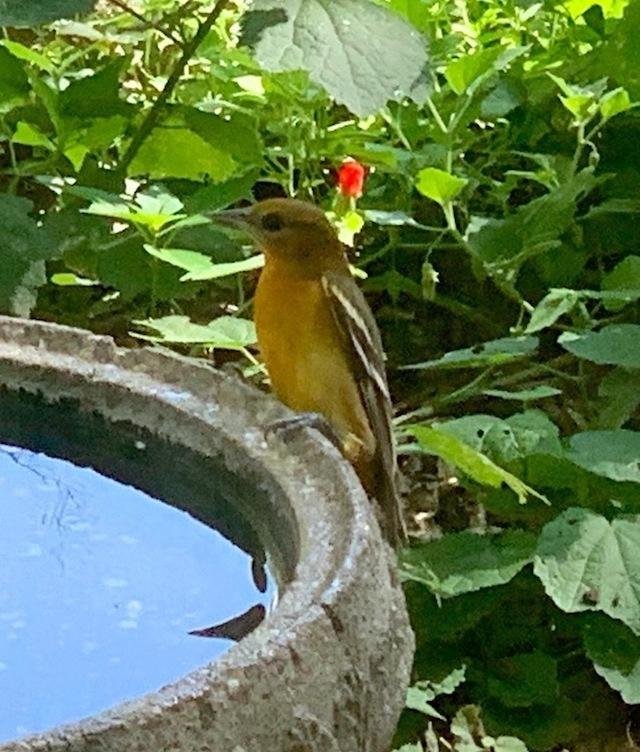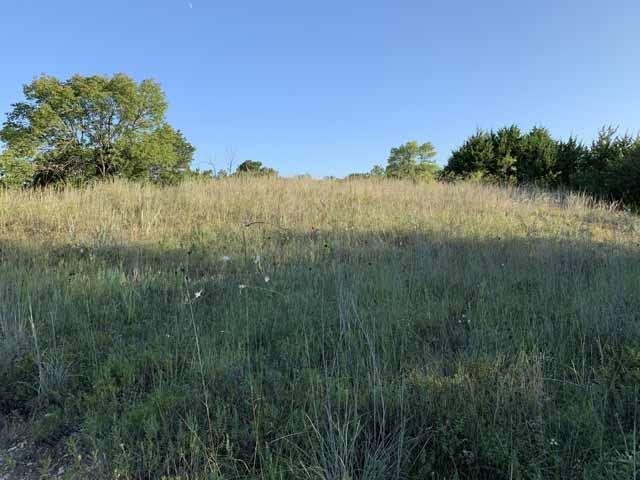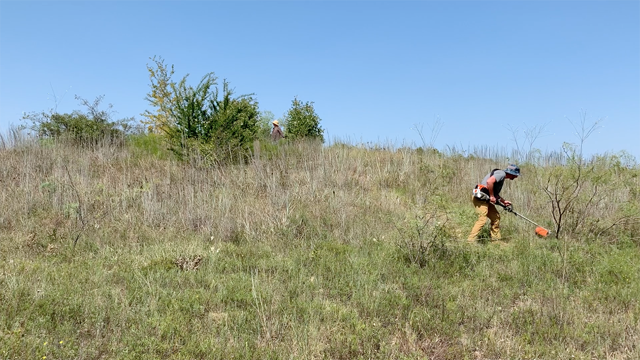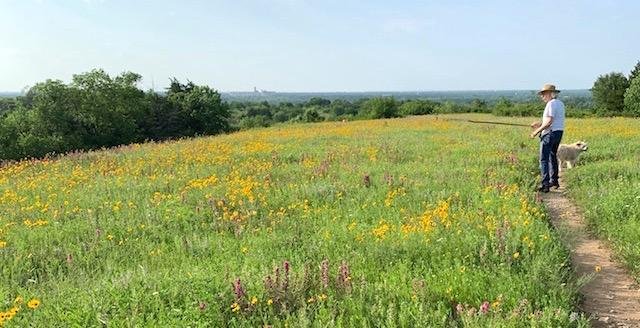Prairie Notes #166 - Tandy Hills BEFORE Tandy Hills
Prairie Notes are monthly photo/journal observations from Tandy Hills Natural Area by Founder/Director, Don Young. They include field reports, flora and fauna sightings, and more, mixed with a scoop of dry humor and a bit of philosophy.
They are available free to all who get on the FOTHNA email list.
Tandy Hills BEFORE Tandy Hills
Prairie Notes #166
October 1, 2020
01) Tandy Hills Before Tandy Hills
02) Field Report - September
03) NPSOT Honor for Prairie Notes
04) New Species - September
05) A Hill, a Meadow and a Hillock
06) PrairieSky / StarParty News
07) Giving Day Report
08) Grass: Heart of the Autumn Prairie
09) Prairie Proverb - Don Young
01) Tandy Hills Before Tandy Hills
I have often wished I could locate photos of Tandy Hills from long ago as a way to compare and contrast how it looked then and looks now. My wish recently came true when I discovered a couple of amazing photo archives. The University of Texas Arlington Libraries Digital Gallery is part of the UTA Library system and contains several large photo and document collections from this region, some going back to the the 19th century. Most of the photos and documents are high resolution and can be downloaded at no cost. The other is the Portal to Texas History, created and maintained by, the University of North Texas. Between the two sources, I've been able to find some very rare photos of Tandy Hills.
As you may know, Tandy Hills and much of Fort Worth is afflicted with non-native species. A lack of natural fire has also allowed some native woody species to take over large sections of the prairie creating somewhat unnatural conditions. With these recently discovered photos one can see how Tandy Hills appeared before it was named Tandy Hills. That did not happen until 1960.
Check out the shot below from 1948 soon after construction of the WBAP-TV building and tower was built on Broadcast Hill. You will notice much less Ashe Juniper and other trees covering the hills which would have allowed more open prairie and bio-diversity. I imagine there was a lot less invasive Chinese Privet, as well.
At the UTA site you can also view a lengthy, 45 minute video of the construction of the building and tower from start to finish. There are occasional views of the surrounding prairie hills. Here's a LINK: https://texashistory.unt.edu/ark:/67531/metadc1482923/m1/
But the most amazing photo I've yet found shows an aerial view of the DFW Turnpike (now known as I-30) under construction in 1956. Right there, in the middle, in all it's wild glory, is the as yet unnamed, Tandy Hills. You can see the Oakland Blvd and Beach Street exits, which bracket Tandy Hills on the east and west and other landmarks. I find it incredible that the hills still remian mostly intact after all these decades.
These archives are so large I've only begun my search. Hopefully, I will unearth more enticing shots for later. All of the photos pictured below can viewed in much higher resolution at the UTA Libraries Digital Gallery. I have attached LINKS to all the ones below under the photos.
DY
2) Field Report - September
Ahhh, Autumn! The Monarchs are floating overhead, the prairie grasses are swaying, the Hawks are soaring and the days and nights are cooler. A little rain in mid-September revived the withered prairie, especially the grasses, which are the heart of the Fall prairie. I saw lots of amazing things in September. Have a look . . .
3) Prairie Notes Receives NPSOT Award
It brings me great joy to announce that the Native Plant Society of Texas (NPSOT), has awarded Prairie Notes the Digital Media Award for 2020. According to the NPSOT Press Release, "The Digital Media award, established in 2014, recognizes outstanding digital publications featuring Texas native plants."
It's been 16 years since I penned a letter to Fort Worth Mayor Mike Moncrief. In the letter, I described to him, in words and pictures, how special Tandy Hills is and how our new organization, Friends of Tandy Hills, would not tolerate planned fracking operations here. I refer to that letter as Prairie Notes #1. Since then, 165 other editions of Prairie Notes have been written, illustrated and published. I could not be more proud of this honor. (Friends of Tandy Hills previously won two the Native Star Awards.)
The award will be presented during the NPSOT 40th Anniversary Celebration and native Native Plant Week from October 18 - 24. Learn more at the NPSOT website HERE: https://npsot.org/wp/vc2020/?/
4) New Species - September
There were nine new species recorded at Tandy Hills in September. Of particular interest is a Gaura Borer Moth (Genus Euchlaena) discovered and ID'd by Sam Kieschnick and his wife, Elizabeth. This wasp-mimicking moth, has rarely been observed in Texas. The total, current species count is 1403. Here they are:
Dusky Dancer Damselfly (Argia translata)
Dirt-colored Seed Bug (Malezonotus rufipes)
Geometer Moth (G. Euchlaena)
Fruit Fly (Genus Trupanea)
Gaura Borer Moth (Euchlaena emphytiformis)
Orchard Oriole (Icterus spurius)
Cactus (Opuntia gilvescens)
Bitterweed (Helenium alarum)
Visit the Tandy Hills iNat project page here: https://www.inaturalist.org/projects/tandy-hills-natural-area-stratford-...
5) A Hill, a Meadow and a Hillock
I suppose all hills are special but, Barbara's Button Hill (BB Hill), Outdoor Classroom #1 (OC #1) meadow and The Hillock, are especially so. In September, all three areas were cleared of woody and invasive plants by a professional crew hired by Friends of Tandy Hills. You have to visit in person to really appreciate the work done here.
BB Hill, sits atop a seep and has an abundance of Barbara's Button, Milkweeds, Texas Bluebell, Maximillian Sunflowers and a handsome specimen of Redberry Juniper (Juniperus pinchotii), which in uncommon here. The choking invasives have been cleared and the view is magnificent.
OC #1, has a panoromic view in three directions, but has always tainted by a large clump of Privet, Ash and Sumac blocking the view. The blockage is now cleared showing off a wonderful mix of grasses and prairie wildflowers including, the uncommon Prairie Rose, which has only been observed at this location.
The Hillock is a small hill with a stratling view to the east as the hill drops off quickly revealing the deep canyons of Ashe Juniper. It's a great place to observe Hawks and watch the moon rise.
6) PrairieSky / StarParty News
Once again and for the rest of the 2020 season, the star party has been cancelled due to concerns over Covid 19 virus. We will try again next year. Meanwhile, here is you monthly guide to the night sky from Fort Worth Astronomical Association spokeswoman, Pam Koepfer:
"October brings us cooler, more comfortable nights, with darkness arriving much earlier. The Summer Triangle and the constellation Cygnus will continue to make their way west but are still plainly visible in the night sky. Look for the Great Square of Pegasus rising in the east and traversing overhead. Another great target to look for is the star Fomalhaut. Fomalhaut resides in the south during the autumn months in an area largely devoid of bright stars. All you have to do, is face south and just “look.” You should see a bright star low in the sky. Fomalhaut dwells among very faint stars that we probably won’t be able to see. For this reason, Fomalhaut is sometimes called The Loneliest Star. It is also called The Autumn Star, as it will be visible all night, all through the fall. Jupiter and Saturn will continue their march west, but the planet Mars will become the showpiece of the night. Look for the red planet along the ecliptic, following Saturn and Jupiter. As a special treat this year, there will be a Full Moon on Halloween!"
7) Giving Day Report
Thanks to 44 generous donors, Friends of Tandy Hills exceeded our 2019 donation total. More than $2800 was received for which we are VERY grateful!
8) Grass: Heart of the Autumn Prairie
With the wildflower season mostly over, the amazing variety of fall grasses are rapidly maturing. There is sometning about a big wide meadow full of prairie grass that soothes the soul, and Tandy / Broadcast Hills has 'em in spades. Big Bluestem, Little Bluestem, Indian Grass, Slim Tridens, Seep Muhly, Sideoats Grama, Hairy Grama and a few others have filled in nearly every available square foot of prairie soil. We do have a serious problem with the invasive, Yellow Bluestem, aka: King Ranch Bluestem, but for now, the meadows are magnificant. Here are few recent photos to intice you.
9) Prairie Proverb
“Dear Mr. Mayor - What makes Tandy Hills so special is the presence of native wildflowers and grasses. Biologists say that this little slice of land is still very much as it was in pre-settlement times. I find that to be something of a miracle! A report by the Fort Worth Nature Center notes that the the quality of the prairie grasses covering these hills in an undisturbed state, are the best in Tarrant County, even better than the Nature Center. Another miracle!”
Photo by, Debora Young
Prairie Notes© is the official newsletter of Friends of Tandy Hills Natural Area, a 501 (c)(3) non-profit organization. All content by Don Young except where otherwise noted.


























